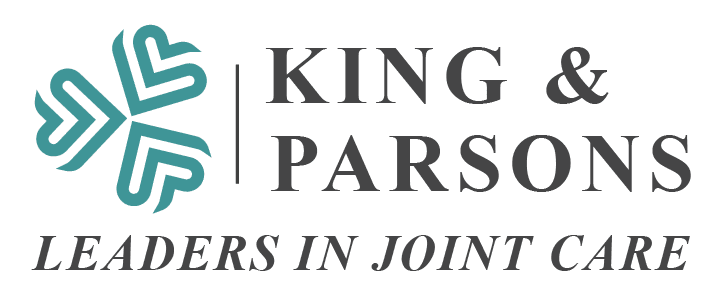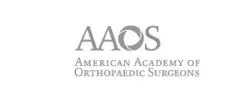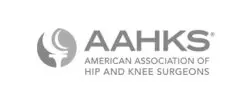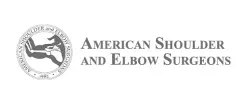Shoulder surgeries, specifically anatomic total shoulder arthroplasty (aTSA) and reverse total shoulder arthroplasty (rTSA), often aim to improve internal rotation (IR). However, predicting the extent of this improvement has proven challenging, especially for rTSA patients. In a recent study, researchers utilized machine learning to quantify and compare IR scores for both aTSA and rTSA patients, offering a groundbreaking way to predict shoulder function after surgery.
In a study that analyzed clinical data from 2270 aTSA and 4198 rTSA patients. Researchers employed three supervised machine learning techniques to create predictive models for internal rotation at six different postoperative time points. The focus was on assessing accuracy in predicting IR scores using the full input feature set and two minimal input feature sets.
Key Findings:
- Differences in IR Scores: rTSA patients consistently had lower mean IR scores and experienced less improvement compared to aTSA patients throughout the postoperative period.
- Activities of Daily Living (ADLs): While both groups showed significant improvement in performing daily activities, aTSA patients were notably more likely to do so.
- Machine Learning Accuracy: Using a minimal feature set of preoperative inputs, the machine learning algorithms exhibited equivalent accuracy in predicting IR scores for both aTSA (0.92-1.18 MAE) and rTSA (1.03-1.25 MAE) from 3 months to over 5 years post-surgery.
- Clinical Improvement Prediction: The predictive algorithms demonstrated an impressive 90% accuracy for aTSA and 85% accuracy for rTSA in identifying patients achieving minimal clinically important difference (MCID) IR score improvement. Additionally, they predicted, with 85% accuracy for aTSA and 77% accuracy for rTSA, which patients would achieve substantial clinical benefit (SCB) in IR score at 2-3 years post-surgery.
This machine learning study showcases a significant advancement in predicting internal rotation after aTSA and rTSA surgeries. The use of minimal preoperative inputs allows accurate forecasts of shoulder function improvement at various postoperative time points.
These predictive algorithms not only identify patients likely to experience clinical improvement but also help distinguish those surpassing critical satisfaction thresholds, providing valuable insights for both patients and healthcare professionals.
Learn more about shoulder surgery at King and Parsons here.















